The Gift of South Dakota
Subscriptions to South Dakota Magazine make great gifts!
Subscribe today — 1 year (6 issues) is just $29!
Grand River's Wall
Sep 3, 2013
In the southwest section of Corson County is a landmark I’d heard mentioned from to time by locals but had never seen. The landform is referred to as “the wall” and marks the steep, cliff edge of the Grand River breaks on its southern flank for a considerable distance.
A few summers ago while shooting the Isabel Centennial Wagon Train, South Dakota’s own sculpture artist, John Lopez, and I got re-acquainted. During the entertainment in the evenings, local cowboy poets and singers made regular reference to the wall. I asked John about the landform, as I knew he grew up in that area near Black Horse Butte. He told me about the long, tall line of mini-badlands along the Grand River and then graciously invited me out to get a tour. I finally took him up on that offer this summer.
It’s a wonderful place to take a camera. I grew up in a similar landscape (the Moreau River breaks to the south) so I may be a bit biased, but I believe there is a true visual poetry to West River ranchland. I’ll admit the rhyme and rhythm of the landscape can be elusive. Depending on the weather of any given year as well as a hundred other factors, it can be a challenge to find beauty. Some folks look out at the land and think it is a wasteland or akin to a desert. I respectfully disagree.
When you look at ranchland going by your car window at 65-plus miles an hour, it’s hard to see the detail that contributes to its beauty. Going that fast, it is impossible to pick out the doe and her fawn in a creek bottom, or the flashing purple and yellow of wildflowers waving in the wind on the hilltops. Corson County’s wall country isn’t near any highway and unless you have a death wish, driving the narrow county roads is best done under 45 mph. I recommend doing it at about half that speed in the cool of the morning or the last light of evening. When the sun turns the prairies golden yellow and the bright ribbon of the Grand River shines against the deepening shadow of the looming wall, maybe then you can see what I mean by visual poetry.
This corner of South Dakota has a rich history to it as well. Black Horse Butte, just above the wall in one of the Grand River National Grassland allotments, was a well-known landmark along the Deadwood to Bismarck Stage Trail. The trail ran just under the butte on the west side of the wall before it crossed the Grand River going northeast.
Going back further into the depths of time, this landscape once teemed with dinosaurs — the kinds of dinosaurs that most of us grew up reading and daydreaming about. In late July, I was able to visit a dig right along one of the cliffs directly above the river. While there, a beautiful Tyrannosaurus Rex tooth was found. The excitement of the camp was palpable (and I certainly added to it). All of the bones found, including a full Triceratops skull, are cleaned up and then displayed at the Grand River Museum in Lemmon, SD.
The wall may be one of the least well-known landmarks that I’ve photographed this year, but it is also one of my favorites. It is remote and it is beautiful. In younger days I spent countless hours under the western South Dakota sky in a tractor or chasing cows to and fro. Although I didn’t know it at the time, I was falling in love with the simple beauty of it all. This kind of country is and will remain home to me.
Christian Begeman grew up in Isabel and now lives in Sioux Falls. When he's not working at Midcontinent Communications he is often on the road photographing our prettiest spots around the state. Follow Begeman on his blog. To view Christian's columns featuring other unique spots in South Dakota's landscape, visit his landmarks page.


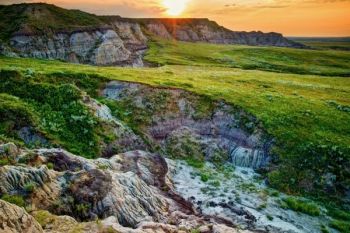
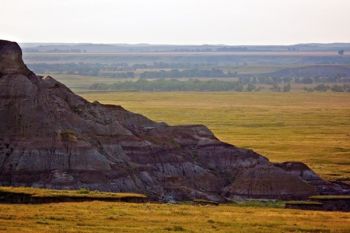
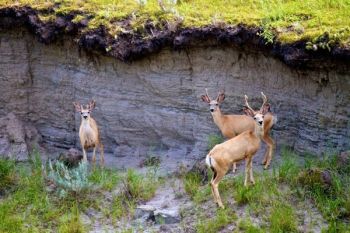
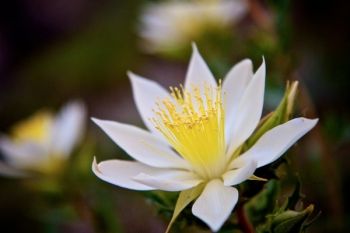
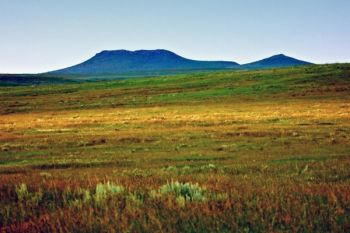
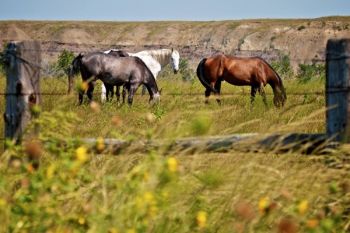
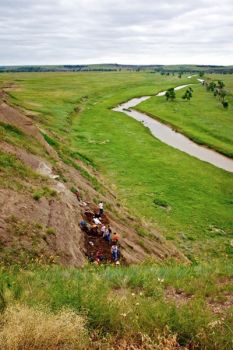
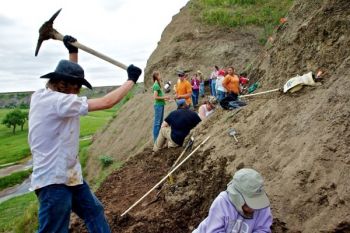
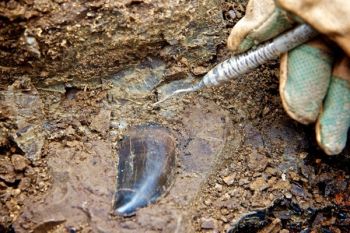
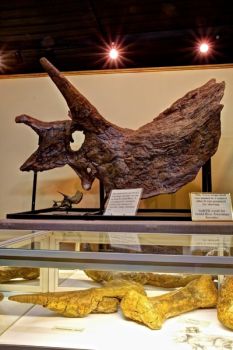
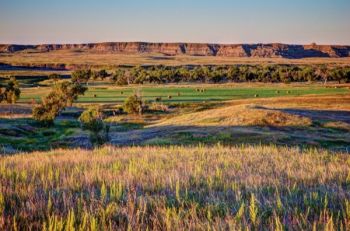
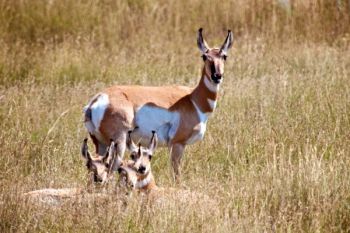
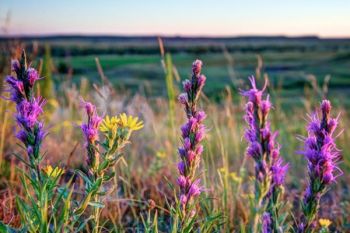
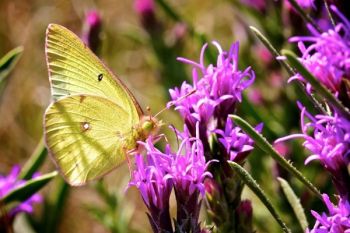
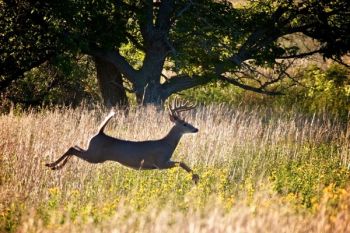
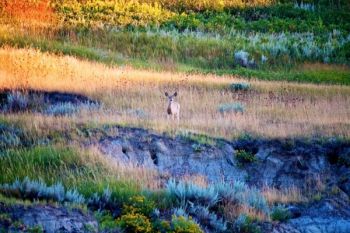
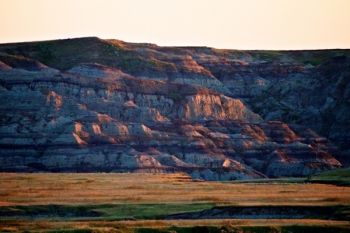
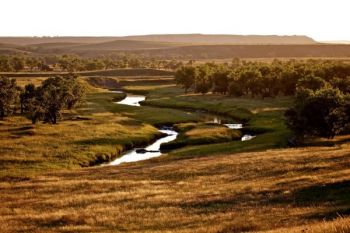
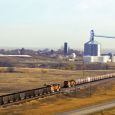

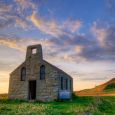
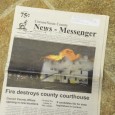

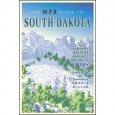


Comments